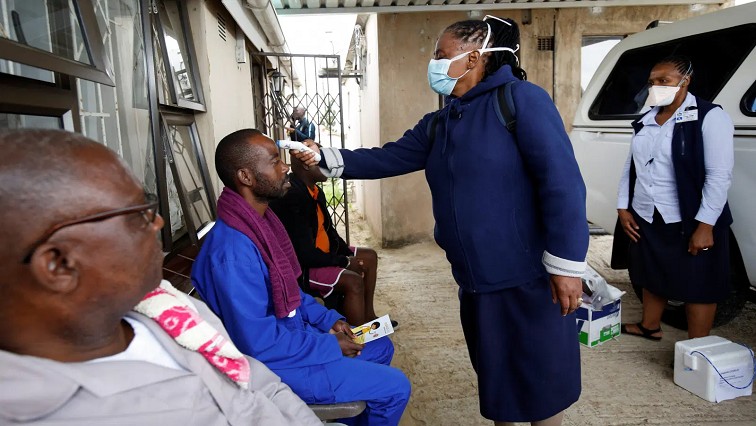Women account for a slightly smaller proportion of COVID-19 infections and deaths compared with men, a preliminary analysis by the World Health Organization (WHO) in 28 African countries shows.
The analysis based on COVID-19 gender-specific epidemiological data provided by countries found that although women account for around 41% of COVID-19 cases, this ranges from 31% in Niger to over 57% in South Africa.
In most countries, women are somewhat less likely to die from COVID-19 than men. For instance, in Cote d’Ivoire, the case fatality ratio stands at 0.4% for women compared with 0.5% in men, while in the Democratic Republic of the Congo it is 2.2% versus 2.7% and 0.1% versus 0.5% in Seychelles.
This comes despite women accounting for a large part of the health workforce which puts them at higher risk of infection. In Africa, more than 95 000 health workers have been infected with COVID-19. In Seychelles, women account for 71% of health worker infections, 64% in Eswatini, 55% in Cote d’Ivoire and 54% in Senegal.
Further analyses are required to determine the factors behind the disparity in infections between men and women. However, some studies have suggested that biological, behavioural or social factors could be responsible. Other studies report that men are significantly more likely to suffer severe effects of COVID-19 and more likely to have pre-existing conditions, explaining the slightly lower fatality rate seen in women.
However, the pandemic and the initial strict containment measures such as lockdowns, movement restriction and school closures accentuated existing vulnerabilities faced by women and girls.
The WHO Regional Director for Africa, Dr Matshidiso Moeti says, “The aftershocks of the COVID-19 pandemic on women and girls have been profound, leaving many grappling with heightened risks to their health and safety. Our response must go beyond the clinical aspects of the pandemic and address the hidden crises that risk causing long-term effects to lives and livelihoods.”
Below is the full statement by the WHO:






